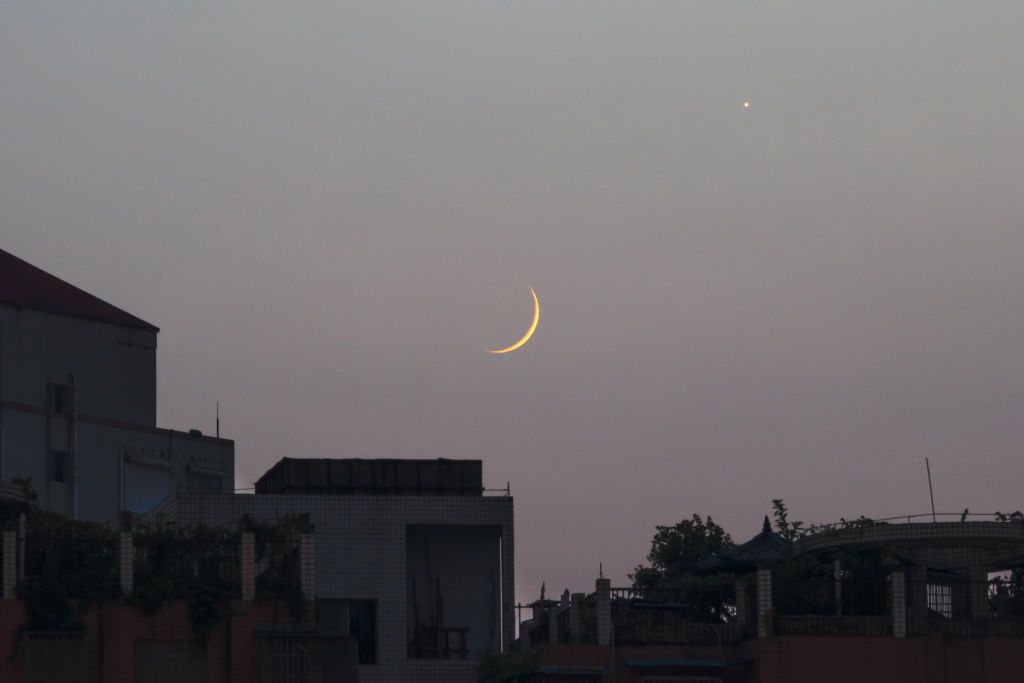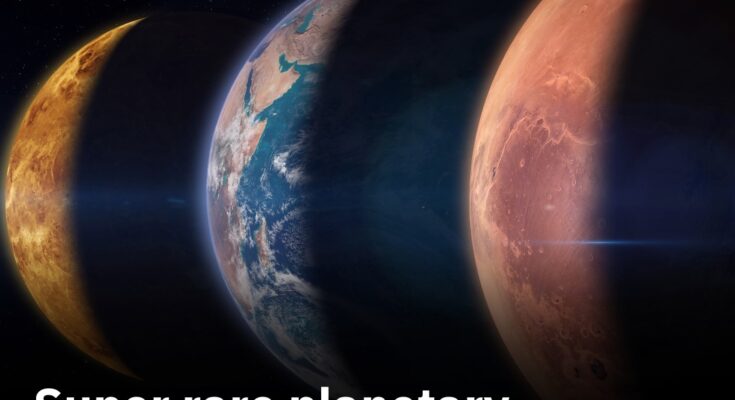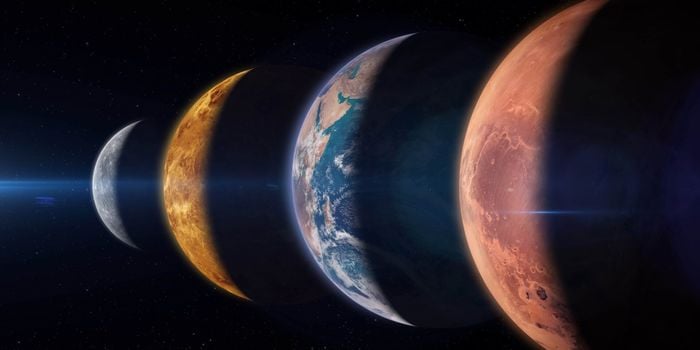You won’t need a telescope for this one.
Our solar system’s planets are set to align in a six-strong planetary parade this week that will be visible in the UK night sky.
Coined the ‘parade of planets’, the special celestial event will occur just after sunset and will see six planets — Mars, Jupiter, Uranus, Neptune, Venus, and Saturn — aligning in the sky.

The official astronomical term is planetary alignment, which describes the event when several planets gather closely on one side of the Sun at the same time.
Four of these planets (Mars, Jupiter, Venus, and Saturn) will be easily visible to the naked eye. You’ll need a telescope or high-powered binoculars to see Neptune and Uranus.
To make sure you find every planet easily, use the free Sky Tonight app.
The app is user-friendly, perfect for beginners and experts alike.
According to Dr Dan Brown – an astronomy expert at Nottingham Trent University who spoke to The Sun – the earliest, and possibly the best, time to spot the four planets in the sky is 6pm UK time on 18 January.
On the other hand, The Royal Observatory claim the best night to view the four-planet parade is January 21, from just after sunset until around 9pm.
Your best bet is probably having a glance at the night sky post-sunset between the 18th and 21st.
It’s certainly a week for remarkable astronomical events, as a once-in-a-lifetime comet is expected to be visible in the sky over the UK tonight.
Comet C/2024 G3 (ATLAS) is predicted to be as bright as Venus in the night sky and will reach its closest point to Earth later this evening.
Those in the Northern Hemisphere have been instructed to look towards the horizon in the southwestern sky on the night of 15 January.
While tonight is deemed the best chance to catch a glimpse, the astronomy magazine gave a window of 15-18 January to see the rare display.
So, there you go. Two unique and rare spectacles back to back. It’ll be like Christmas all over again for space-lovers.




